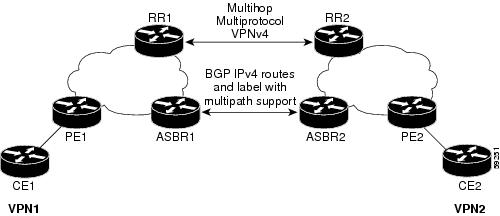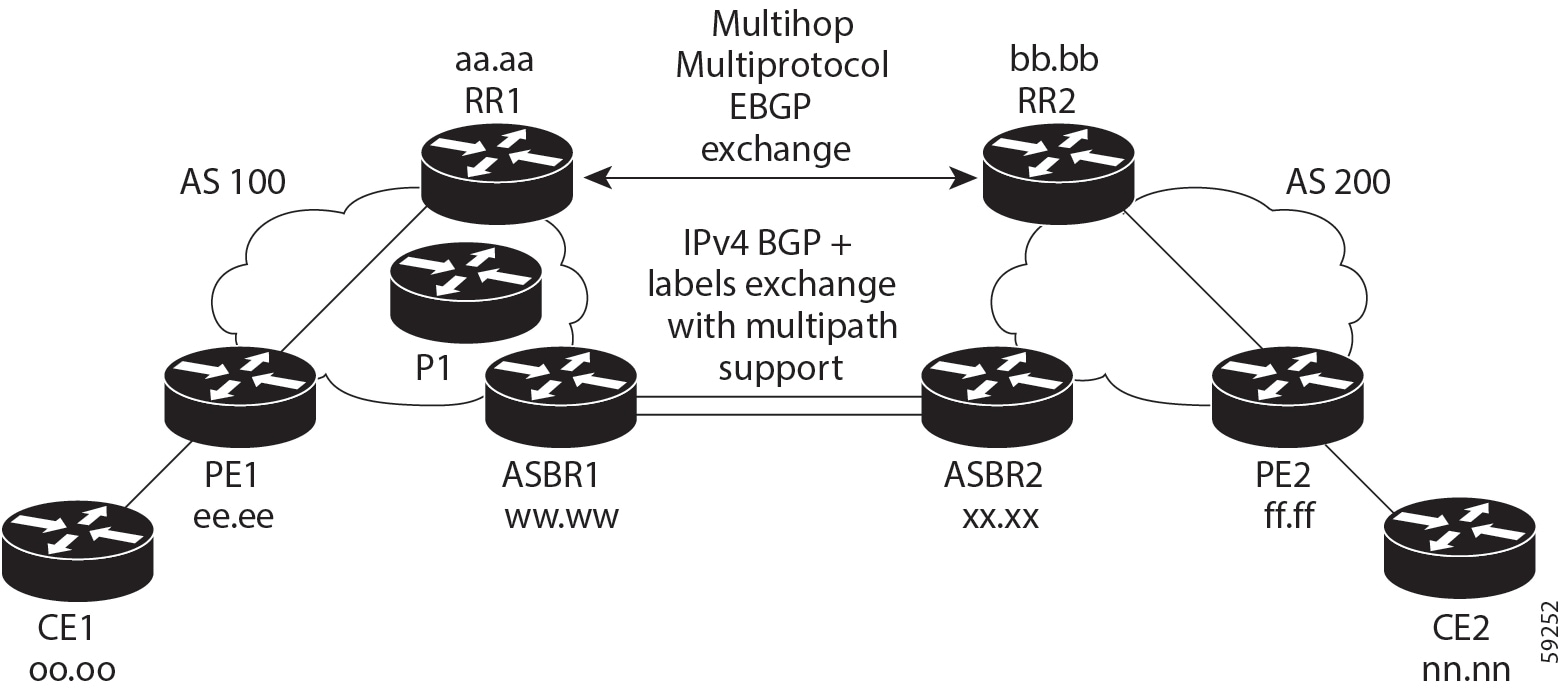Prerequisites for MPLS VPN Inter-AS with ASBRs Exchanging IPv4 Routes and MPLS Labels
The network must be properly configured for MPLS VPN operation before you configure MPLS VPN Inter-AS with ASBRs Exchanging IPv4 Routes and MPLS Labels.
The table below lists the Cisco 12000 series line card support in Cisco IOS S releases.
|
Type |
Line Cards |
Cisco IOS Release Supported |
|---|---|---|
|
ATM |
4-Port OC-3 ATM 1-Port OC-12 ATM 4-Port OC-12 ATM 8-Port OC-3 ATM |
12.0(22)S 12.0(23)S 12.0(27)S |
|
Channelized interface |
2-Port CHOC-3 6-Port Ch T3 (DS1) 1-Port CHOC-12 (DS3) 1-Port CHOC-12 (OC-3) 4-Port CHOC-12 ISE 1-Port CHOC-48 ISE |
12.0(22)S 12.0(23)S 12.0(27)S |
|
Electrical interface |
6-Port DS3 12-Port DS3 6-Port E3 12-Port E3 |
12.0(22)S 12.0(23)S 12.0(27)S |
|
Ethernet |
3-Port GbE |
12.0(23)S 12.0(27)S |
|
Packet over SONET (POS) |
4-Port OC-3 POS 8-Port OC-3 POS 16-Port OC-3 POS 1-Port OC-12 POS 4-Port OC-12 POS 1-Port OC-48 POS 4-Port OC-3 POS ISE 8-Port OC-3 POS ISE 16-Port OC-3 POS ISE 4-Port OC-12 POS ISE 1-Port OC-48 POS ISE |
12.0(22)S 12.0(23)S 12.0(27)S |




 Feedback
Feedback